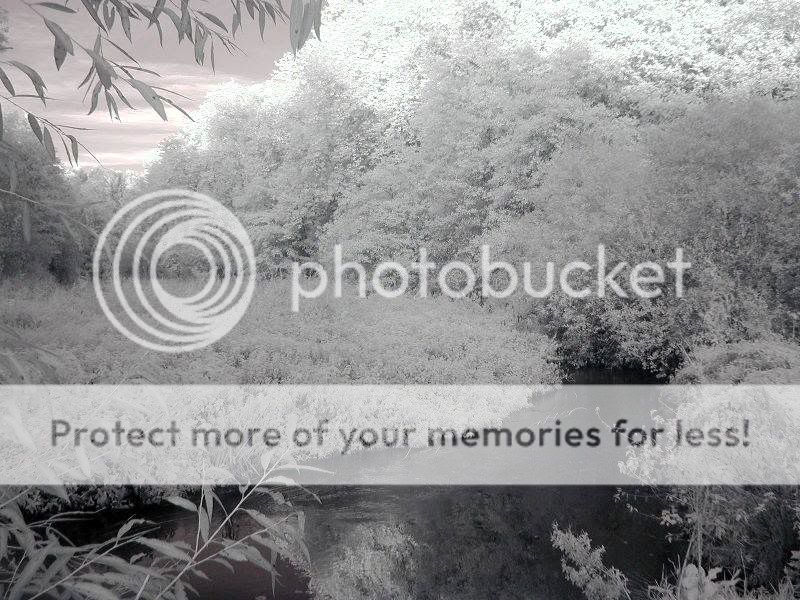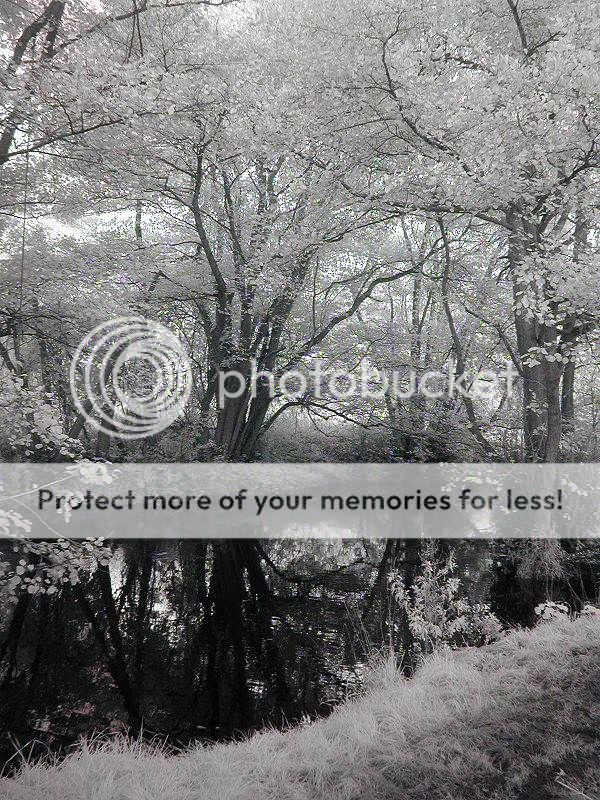- Messages
- 205
- Name
- Peter
- Edit My Images
- Yes
I am looking to use infrared B&W film for the 1st time (Ilford SFX) and was wondering what is best method for metering. My camera is an Olympus OM4ti, and was wondering if the TTL will work with the filter attached?
or should you use a hand held meter and if so how does that measure infra red light?
I also heard that you should focus prior to adding the filter. Is this right?
Thanks
or should you use a hand held meter and if so how does that measure infra red light?
I also heard that you should focus prior to adding the filter. Is this right?
Thanks




